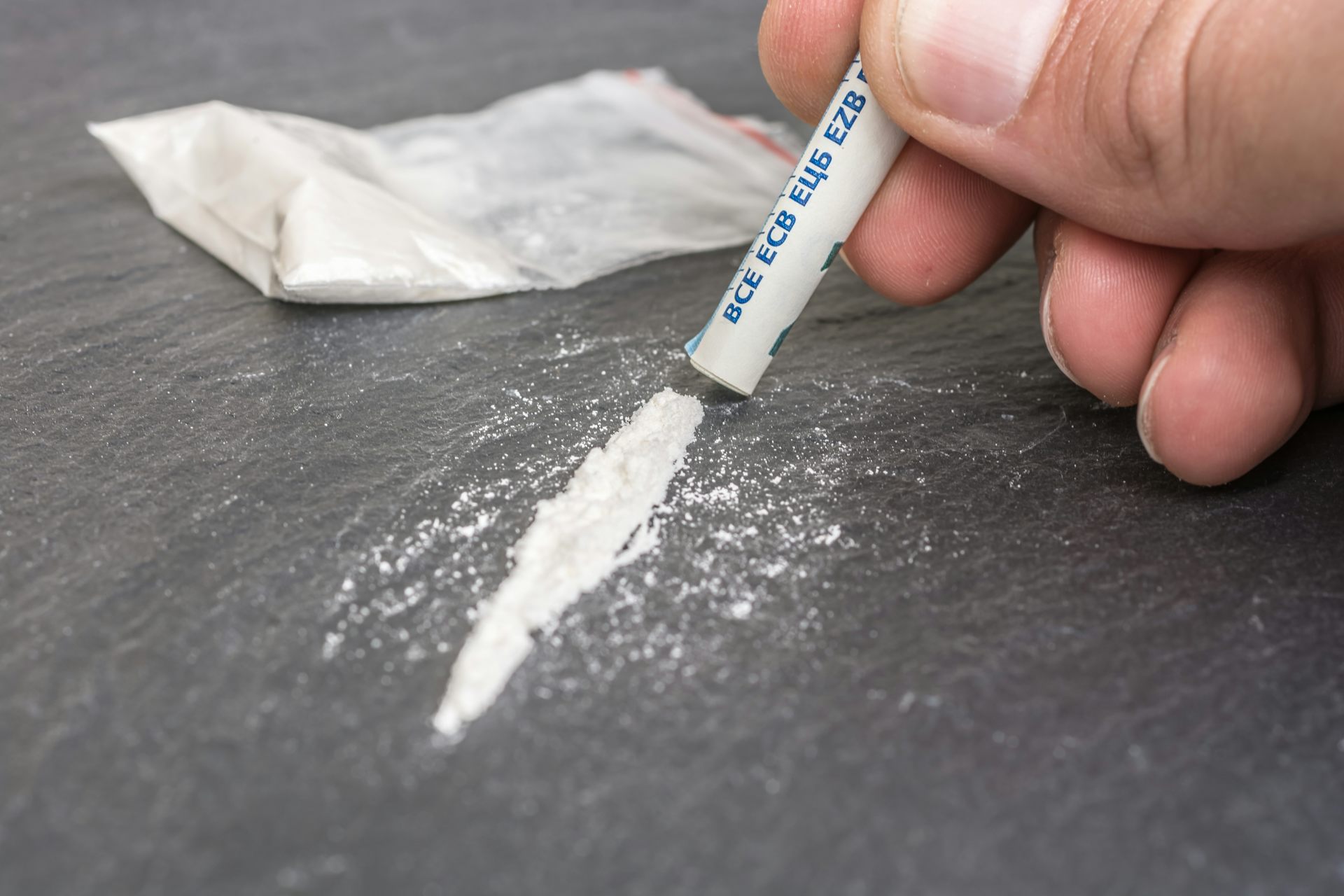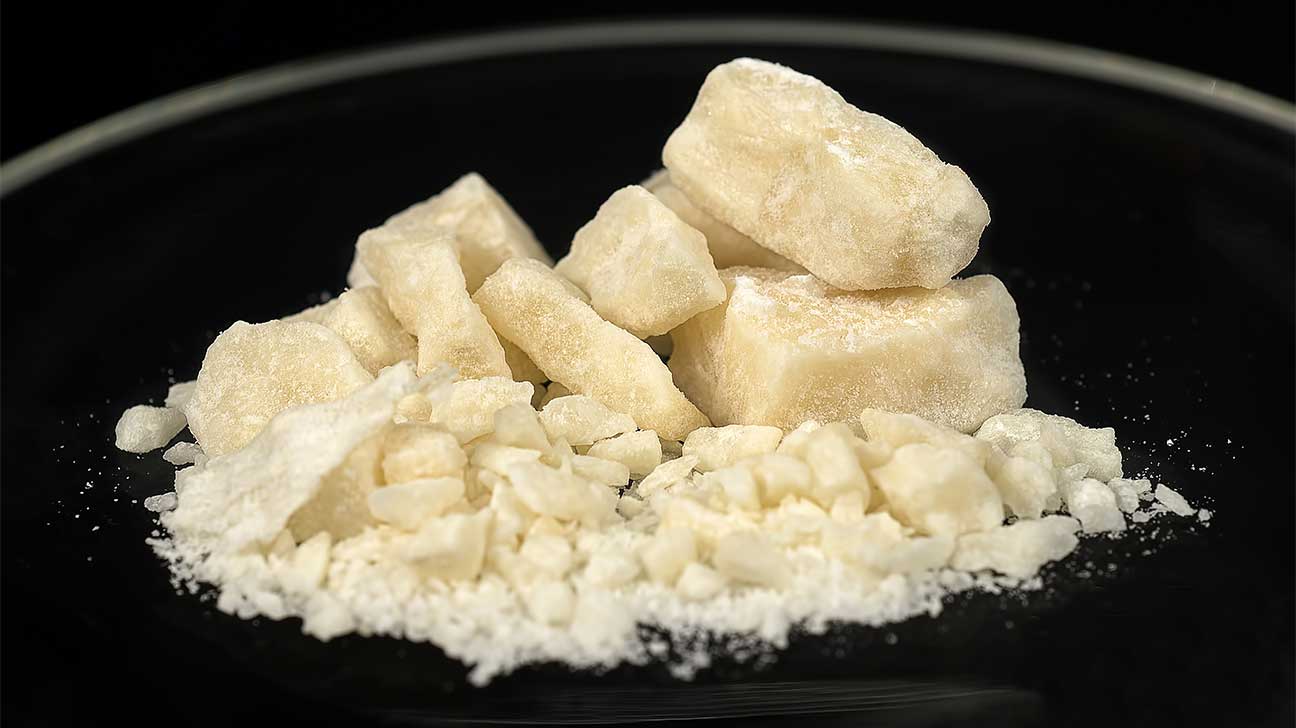

Dealers who start selling these drugs use cutting agents to intensify the high to keep customers hooked and only buy from them. Powder cocaine is most commonly cut with lidocaine because it’s similar in appearance and produces a similar numbing effect.

Why Are Cutting Agents Used?Ĭutting cocaine isn’t anything new, and there are many reasons cocaine and crack dealers put these sometimes dangerous cutting agents in their drugs. According to the United Nations Office on Drugs and Crime (UNODC), the different substances used to cut crack and cocaine is equal to three times the weight of the drug itself, meaning there are more additives in a given dose of cocaine than actual cocaine. Street cocaine and crack are almost never just that and can contain anything from caffeine and laxatives to arsenic and other lethal poisons. Because crack is just a differently processed form of cocaine, the fillers that cocaine is cut with also affect crack as well Crack gets its nickname from the crackling sound it makes when heated and smoked.Ĭocaine is often combined or laced with other substances and drugs in a process known as “cutting.” Drug manufacturers, suppliers, and dealers cut the drugs to stretch their cocaine supply and make more money. Crack cocaine, which is usually just shortened to crack, is a central nervous system (CNS) stimulant and a more powerful form of cocaine.


 0 kommentar(er)
0 kommentar(er)
